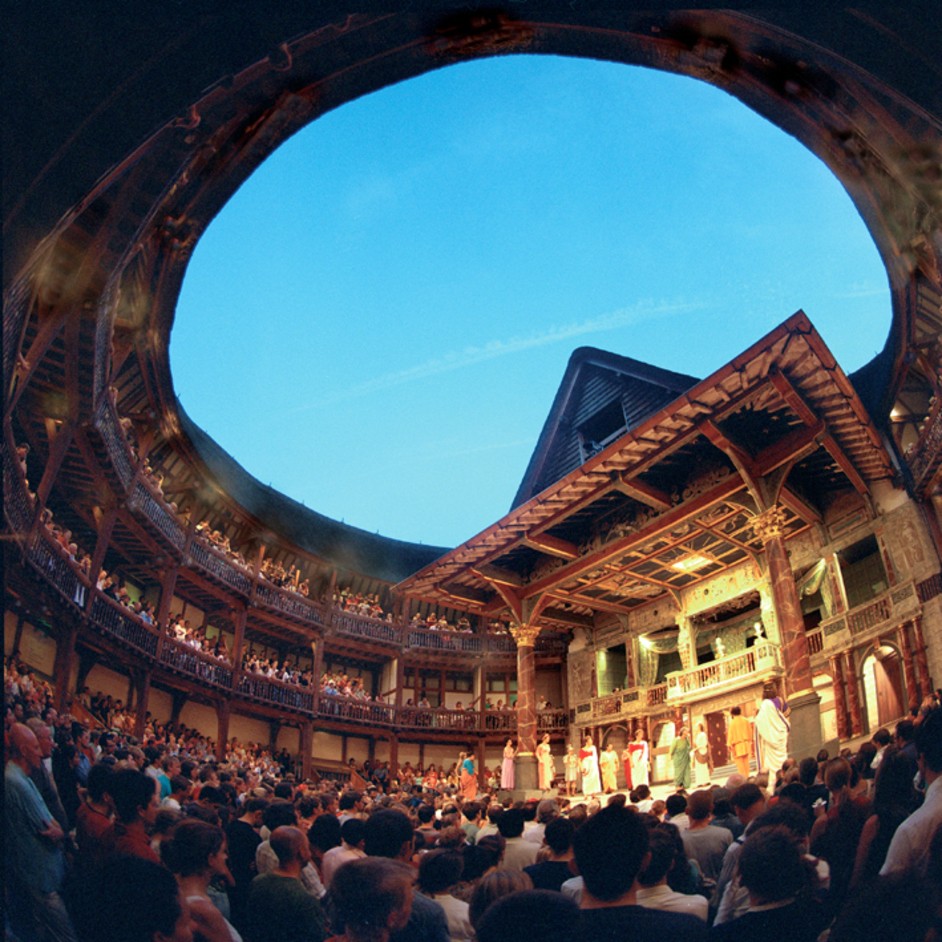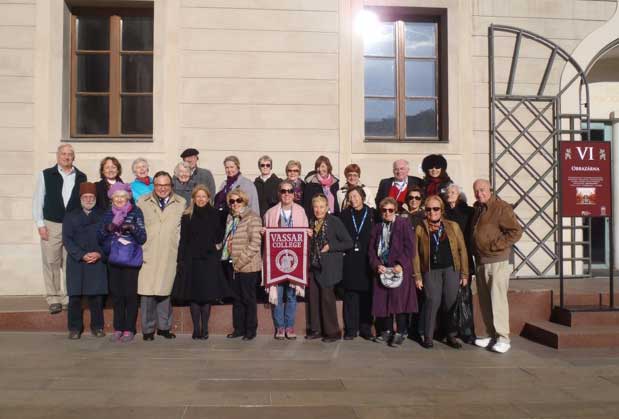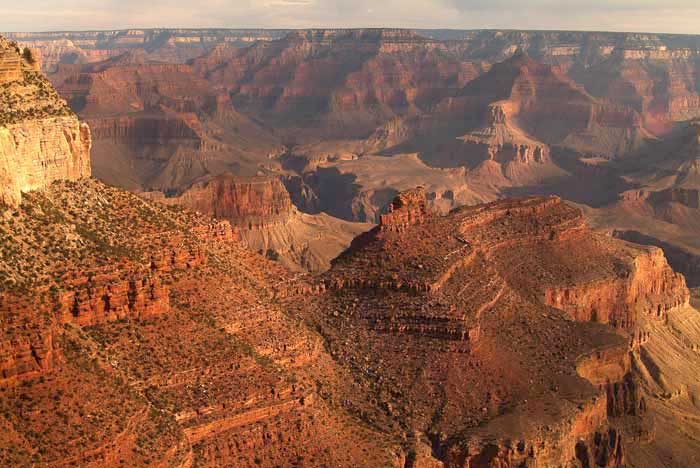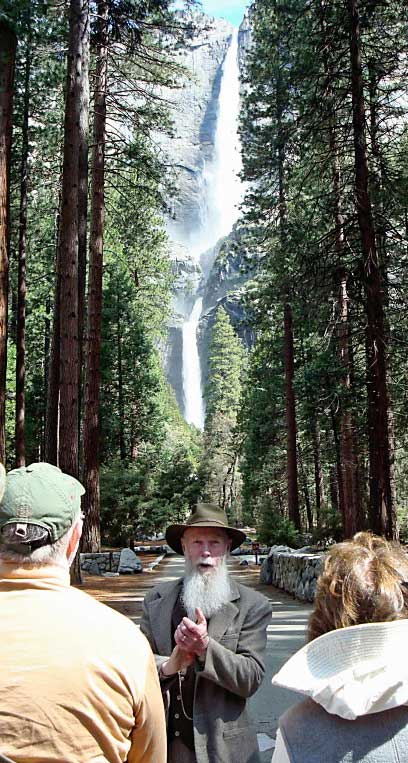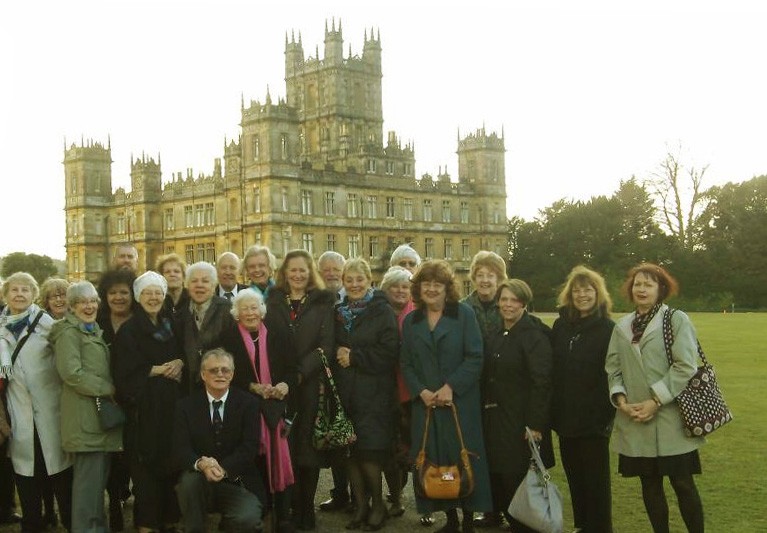James Boswell’s Grand Tour
Beginning late in the 17th century, The Grand Tour—the extended journey through Europe undertaken by young British gentlemen to finish off their education—became popular and fashionable for many young British sons of the aristocracy. Typically, the young men already had a thorough grounding in Greek and Latin literature and some interest in art. Two to three years spent living abroad, accompanied by their tutors, offered them the opportunity to absorb the art and cultures they were visiting and improve their language skills. An added benefit was the greater freedom the young travellers experienced on the Continent, where their involvement in drinking, gaming and romantic liaisons posed as little inconvenience to their families as possible.
In terms of sheer reading pleasure and attention to detail, perhaps no accounting of The Grand Tour is more fascinating than that of James Boswell.
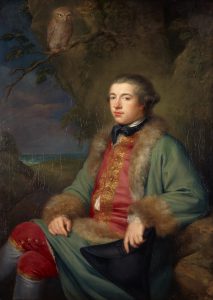
George Willison, “James Boswell,” Scottish National Portrait Gallery, Edinburgh. Painted in Rome while Boswell was on The Grand Tour in 1765.
Boswell, best known as the author of The Life of Johnson, what many consider the greatest biography in the English language, first visited London from his native Edinburgh in 1760 at the age of 20. The city’s culture—and its women—dazzled him and he began a three-year struggle with his father, an eminent judge, to remain permanently in the capital. Father and son ultimately worked out a compromise and just before his second London visit in 1762 where he was first introduced to Johnson in a bookseller’s back parlor, Boswell began keeping a diary, London Journal, 1762-1763, a practice he would continue for 33 years.
From these voluminous entries The Journals, 1762-95, we are able to vicariously follow Boswell’s adventures through Germany, Switzerland and Italy as he embarks on his Grand Tour. Travel in the 18th century was both difficult and expensive, and travellers typically carried little money. Instead, they took letters of credit from their London banks, which they then presented in major cities. After a year of studying law in gloomy Utrecht, the sunny climes and independence must have been irresistible to the twenty-four year old Boswell as he departed for Holland in 1764, escorted off by none other than Johnson himself. Whether due to cost or preference, he travelled without a tutor. The freedom this afforded him and Boswell’s own somewhat pompous self-image only adds to the appeal of his journal entries.
Yet Boswell did truly possess a genuine interest in the sites of European learning and classical antiquity. After leaving Johnson behind, he set his sights on and aggressively pursued obtaining interviews with two other great thinkers, Jean Jacques Rousseau and Voltaire, both of whom were living in exile near Geneva. Although ill, Rousseau agreed to dine with him. Boswell, always the able conversationalist, rose enough to the occasion—talking of books, religion, art and of course, women—that he was invited to return. Voltaire was slightly less accommodating, but Boswell’s earnestness ultimately earned him the great writer’s grudging respect.
Boswell’s journals record these unforgettable dialogues in detail, but he also gives equal attention to less scholarly intentions. He wrote down everything that happened to him, what everyone said, what they ate, what they drank, how they dressed, how they travelled, along with plenty of descriptions of his meetings with all the pretty maids, wealthy wives, and available streetwalkers.
Boswell then continued his tour down to Italy, where he was the first Englishman to visit the interior of Corsica. The account of his visit here describes this little known land to Europeans in the 18th century in meticulous detail. As well as discussing the history, politics and culture of Corsica, Boswell writes about the land, the animals, the language and the people, even comparing the small stature and hard working nature of the Corsicans to the Highland Scots. His meeting with Pasquale di Paoli, the island’s leader, results in a lifelong friendship and helps to later spread Paoli’s revolutionary fervor to England through pamphlets and other writings.
By 1766, Boswell’s Grand Tour was nearing completion. As a favor to Rousseau, he agreed to accompany Rousseau’s mistress to London before returning to Scotland to take his final law exam. “When a man is tired of London he is tired of life,” Johnson famously said. Boswell, apparently never tired, and his short stop in London allowed for a brief affair with the philosopher’s mistress.
A little over ten years later, in 1773, Boswell finally succeeded, after many tries, in enticing his famous friend Dr. Johnson, who was by then in his mid-sixties, to accompany him on a tour through Scotland. Setting out from Edinburgh, the two men skirted the eastern and northeastern coasts of Scotland, passing through St. Andrews, Aberdeen and Inverness, and then on into the highlands where they spent several weeks on various islands in the Hebrides, including Skye, Coll and Mull.
Our own grand tour of Scotland and the Hebrides follows much of the same route that Boswell and Johnson trekked, and includes a stay at the Taychreggan Hotel in Kilchrenan, the actual site where the pair stopped for refreshment over 200 years ago. Boswell’s account of the journey, Journal of a Tour to the Hebrides, became the precursor to his famous biography. Whether experienced in person or from the comfort of your living room, it might just be the perfect accompaniment for interested readers to recreate such a storied trip.
Music in the City of Lights with WBJC
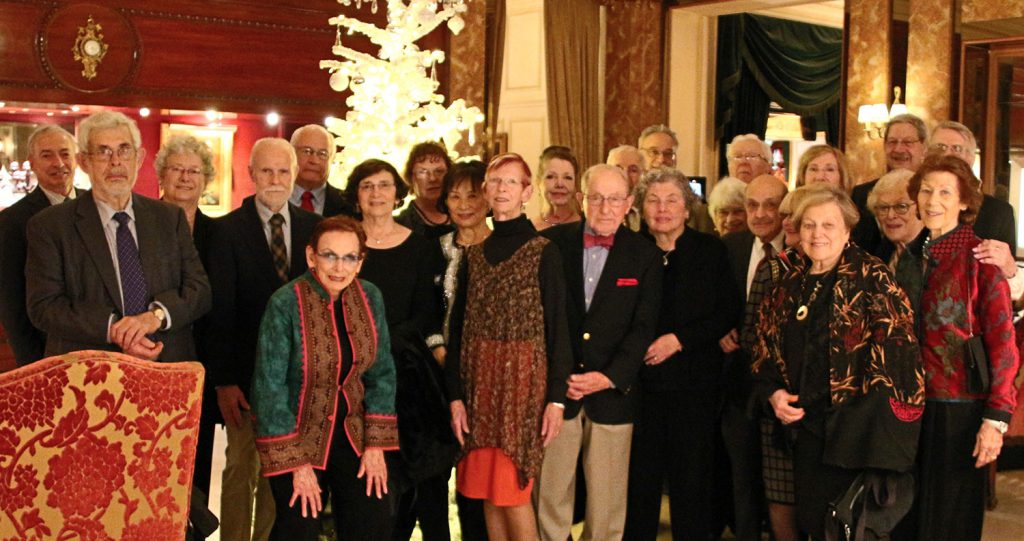
The Grand Tour group at the Hotel Westminster, supporting Paris, three weeks after the attacks in the city.
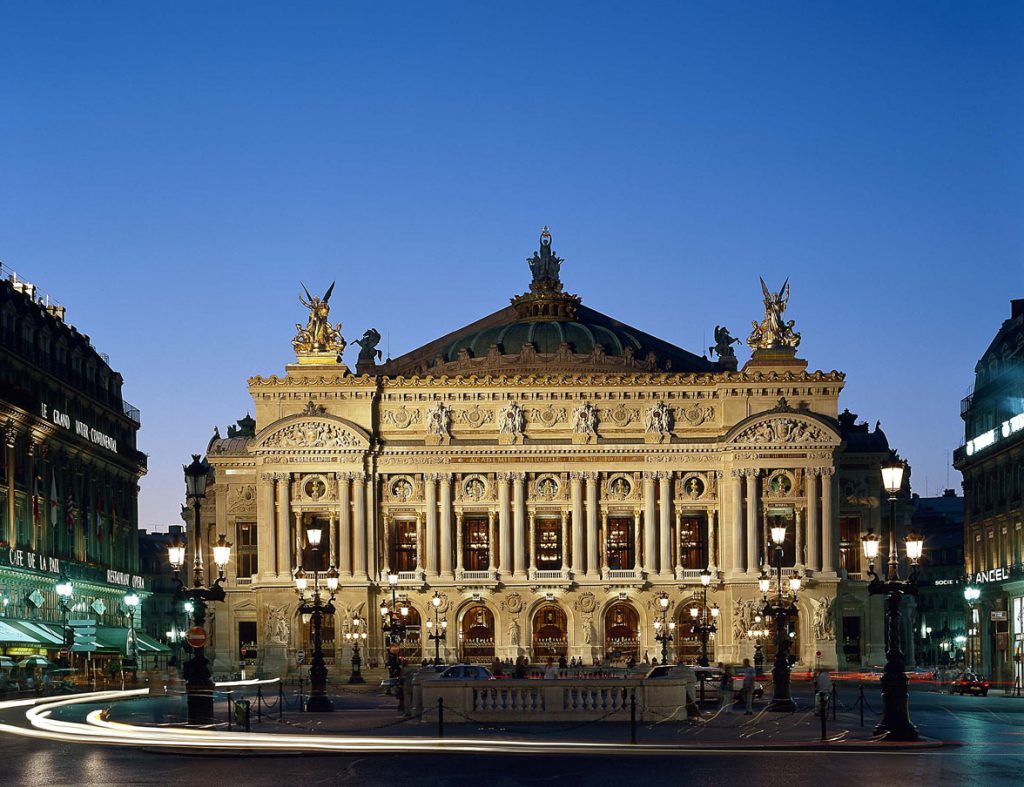
The Palais Garnier at night.
Classical KUSC: Spring Festivals in Germany!
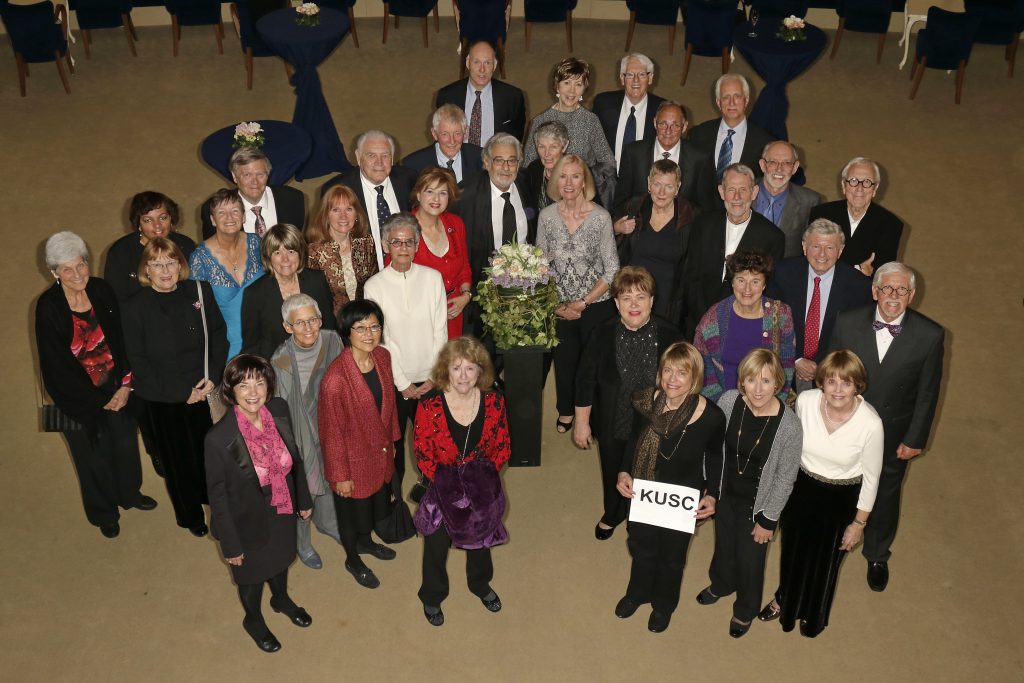
Our group from Classical KUSC in Los Angeles enjoyed meeting the great opera star Plácido Domingo after a performance of Simon Boccanegra in Berlin this April.
Tour Ideas: Historic Anniversaries
“We are such stuff as dreams are made on, and our little life is rounded with a sleep” ~ The Tempest, IV, i
Have you dreamed of travelling to England? Mayhaps this be the perfect opportunity! The year 2016 marks the 400th anniversary of the death of the great playwright William Shakespeare, a PBS Masterpiece staple, who shuffled off this mortal coil on April 23, 1616, in Stratford-upon-Avon. The Grand Tour designs custom tours of Tudor England, which can include Stratford-upon-Avon, the Cotswolds, Oxford, Winchester, Glastonbury Abbey, Windsor Castle and, of course, London. Not to be missed are viewings of the original manuscripts at the British Library, a production by the Royal Shakespeare Company in Stratford or London, and a performance at the Globe Theatre in London, faithfully reproduced from its 16th century original. In celebrating the spirit of the great Bard, we will sumptuously feast at the finest establishments and rest our heads in welcoming, excellent inns. Anniversaries of important events or the birth and death of illustrious persons make great thematic ideas around which to organize a tour. We led an opera tour to Italy for the syndicated program “World of Opera” celebrating the 200th birthday of Giuseppe Verdi in 2013. This year commemorates the sad onset of The Great War 100 years ago and the 70th of D-Day in Normandy. We have expert guides who take you to the battle sites, museums and cemeteries that dot France and Belgium honoring the baleful events that shaped the modern world. Contact us for ideas that match your mission, goals and programming!
Great Music Capitals: Vienna & Prague
Vassar College Alumnae/i Travel took a Great Music Capitals tour with The Grand Tour to Vienna and Prague with Vassar professor Dr. Kathryn Libin last October.
The organization of this trip was superb and everyone commented on it. [Tour director] James was incredible and seemed to be aware of any possible problem and planned for it. The theater seats were exceptional. There was a perfect combination of activity and free time. ~ Kathy McKnight, Vassar College class of 1966
In Your Own “Grand” Backyard
The whole object of travel is not to set foot on foreign land; it is at last to set foot on one’s own country as a foreign land. ~ G.K. Chesterton
When The Grand Tour organized a trip to the three great National Parks — Grand Canyon, Yosemite, and Yellowstone — for WGBH Boston, the primary TV producer of the Ken Burns series “America’s Best Idea,” we consulted Mr. Burns. “Why not do a more circumscribed tour to Zion and Bryce Canyon along with the Grand Canyon?” he told us. But we knew that many people have never visited the “Crown Jewels” as the three biggies are called. And it was true; the tour sold out in less than two weeks.
America’s National Parks, created under the impetus of Teddy Roosevelt’s landmark Antiquities Act in 1906, are truly America’s cathedrals. We cannot match the European cities with their astounding architecture and art treasures built over centuries of history, but in the wide open spaces of the West the US reigns supreme. The geology of the immense canyons carved out of centuries of erosion; the majestic mountains, lofty redwoods and sequoias; animals in the wild. Nature in America takes your breath away!
Our National Park system is not the only magnificent destination in the US. Think of beautiful San Francisco. Nestled amidst seven hills on a picturesque bay, it is rich in historical sites, panoramic views, great food and outstanding hotels. Not to mention the unrivalled wine in nearby Napa and Sonoma. Think New York, the center of the world, unlike any city in its sheer verticality, a surprise around every corner. Think Chicago, a city rebuilt from the ground up after the Fire of 1871, a city which encourages great architects, making an unparalleled showcase of 20th and 21st century building. The gorgeous Berkshires in western Massachusetts boast an array of cultural activities in the summer: Tanglewood, MassMOCA, Jacob’s Pillow Dance, the Norman Rockwell Museum, the Clark Art Institute are just a few.
Our American history evokes broad interest. Boston has many original sites where the story of the American Revolution can be explored. The graceful cities of Savannah and Charleston make a perfect base to explore antebellum South and the Civil War. Santa Fe, the oldest city in America, boasts ancient and modern Indian pueblos and an amazing Hispanic culture, Georgia O’Keeffe and outstanding art galleries, world class opera and fine dining. Have you been yet?
WHERE WE STAY
GRAND CANYON NATIONAL PARK
El Tovar: Grand Canyon National Park
Tel: 928.638.2631
www.grandcanyonlodges.com
YOSEMITE NATIONAL PARK
The Ahwahnee
Tel: 209.372.1407
www.yosemitepark.com/Accommodations
YELLOWSTONE NATIONAL PARK
Old Faithful Inn
Tel: 307.344.7311
www.yellowstonenationalparklodges.com
SAN FRANCISCO
Huntington Hotel
1075 California Street (Nob Hill)
Tel: 415.474.5400
www.huntingtonhotel.com
NEW YORK
Hotel Plaza Athénée
37 East 64th St. (bet. Madison & Park)
Tel: 212.734.9100 / 800.447.8800
www.plaza-athenee.com
SANTA FE
La Posada de Santa Fe Resort & Spa
330 East Palace Avenue
Tel: 505.986.0000 / 866.331.7625
www.laposada.rockresorts.com
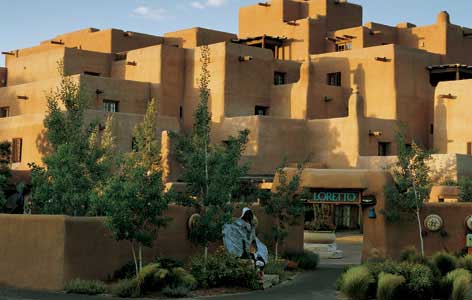
211 Old Santa Fe Trail
Tel: 505.988.5531 / 800.727.5531
www.innatloretto.com
The World of Downton Abbey
Downton Abbey has seduced audiences both in Britain and here, “across the pond”, by its superbly crafted script of simmering sub plots and four dimensional characters, deftly portrayed, upstairs and down, by an unforgettable cast. The Grand Tour took WXXI Rochester on a tour of historic England this spring to discover the world of Downton in fact and fiction, past and present, culminating in an exclusive private tour and reception at Highclere Castle, the real Downton Abbey. A sold-out group of 27 passengers plus WXXI’s Vice President of Television, Elissa Orlando, and Kathy Reed, Director of Major and Planned Giving took in sites from Edwardian London and the iconic House of Lords, to the Georgian splendor of Jane Austen’s Bath to the hallowed halls of Oxford, with expert guides to explore our enduring fascination with the aristocracy, their grand estates, and how they survive today. Besides the private visit to Highclere, the group met Alastair Bruce, historical advisor for the series, enjoyed high tea in the home of the Dowager Countess (Maggie Smith), strolled the streets of “Downton” village, and even took in a performance in the West End of a new play The Audience, starring Helen Mirren as the Queen.
A limited number of these England tours are available in 2014, including a private tour and reception at Highclere Castle. Please contact us if your station is interested.
In September, WFSU Tallahassee takes the World of Downton Abbey tour.
See details here.
The Grand Tour in Italy
Beginning late in the 17th century, long before travelers came to be known as tourists, foreigners began making what was later called The Grand Tour of Europe. In the beginning, The Grand Tour represented a kind of finishing school for young men of means, primarily among the British upper crust. It was how one learned to become a gentleman, setting the stage for a leadership role. To be educated was to be cultured, making the Grand Tour a mark of attainment in one’s classical education. The Grand Tour familiarized these travelers with the great works of art and architecture from ancient times through the Renaissance.
The Grand Tour was the ultimate in luxury travel, with servants to handle the luggage and scholarly tutors to provide education and insights on a vast array of topics. The earliest of grand tour itineraries included a stay in Paris, travel through Italy, usually only as far south as Rome, and some time in Germany.
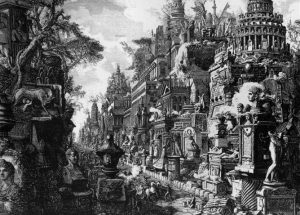
Souvenir of The Grand Tour: “Ancient Intersection of Via Appia and Via Ardeatina,” etching by Giovanni Battista Piranesi, 1756
The accounts of some grand tourists became literary classics including two volumes by Scottish writer James Boswell and the Italian journeys of Johann Wolfgang Goethe, though Goethe waited until age thirty-eight to embark and set out from Weimar, not London.
The original Grand Tour was a long, leisurely trip, lasting weeks and sometimes months or years. Until the Age of Enlightenment when the idea of public museums took hold, the great works of art resided mostly in the homes of aristocrats. Without the aid of telephone, email or fax, organizing such excursions was a feat in itself! Then of course there were the logistics of transport in horse-drawn carriages and sailing vessels. Once rail lines began connecting the major cities of Europe, the speed, cost and efficiency of this new mode of transportation put The Grand Tour within reach of the middle class and eventually Americans.
With modern air travel, The Grand Tour has become shorter still. Nonetheless, this trip of a lifetime is as popular as ever, especially among mature travelers who think of such experiences as part of a larger bucket list of places and events. For many a traveler, getting to the great cultural destinations of the Western world is a component of a life well-lived.
While guidebooks have made possible a self-directed version of The Grand Tour, such publications are no substitute for being escorted by knowledgeable guides steeped in cultural history. The Grand Tours we offer are meticulously planned for modest-sized private groups. We match culturally-rich itineraries with a wide choice of European and U.S. destinations, combined with first class lodgings and memorable cuisine. Because of our longstanding relationships and years of experience in the cultural travel business, we are able to obtain highly sought-after tickets to important arts events, gain access to private collections and have the know-how to eliminate the hassle of travel. Our itineraries also offer plenty of leisure time for contemplation, making our trips ideal for the independent- minded traveler, unaccustomed to group travel. The Grand Tour isn’t one of our specialties. It is our raison d’etre.

